
Fluorescence microscopy and nonlinear imaging system performance characterization are crucial in optimizing and controlling imaging systems throughout longitudinal investigations. Microscopy calibration targets resistant to bleaching and can contrast across several modalities are essential for emerging multimodal nonlinear imaging techniques. Researchers have created a microscope calibration target based on fluorescent nanodiamonds. It has the potential to [..]
Read More
Scientists scanned donated human organs, including lungs, from a Covid-19 donor using a new groundbreaking imaging technology called Hierarchical Phase-Contrast Tomography (HiP-CT). HiP-CT offers 3D mapping at many scales, allowing clinicians to see the entire organ for the first time by imaging it and then zooming down to the cellular level. The European Synchrotron (a [..]
Read More
GASMAS (gas in scattering media absorption spectroscopy) is a noninvasive gas sensing technique. It’s becoming a valuable tool for diagnosing and monitoring neonatal respiratory conditions. Phantom models with attributes relevant to the clinical translation of GASMAS technology are necessary to comprehend the technique’s technical limitations and possible uses. State-of-the-art phantoms have focused on the thorax’s [..]
Read More
Scientists have devised a photonic chip system capable of almost unbreakable quantum communications (using quantum key distribution), with enough performance to secure video calls over long distances and enough stability to run for days. The device combines quantum transmitter and receiver microchips with a four-billion-bit-per-second chip-based quantum random number generator. Quantum computers under development around [..]
Read More
Researchers are developing a new optical imaging technique for a dental exam that uses light instead of X-rays to examine people’s teeth for cavities and cracks. Near-infrared light can penetrate the outer enamel layer, underlying dentin, pulp at the center, and gum tissue. Part of the motivation is to decrease patients’ exposure to ionizing radiation, [..]
Read More
Researchers have designed a Fresnel hologram to focus light in the transverse direction (x–y plane) and disperse it linearly along the optical axis (z-axis). It functions not only as a focusing but also as a dispersive element along an optical axis. The computational method uses the wave-optics principle. The hologram disperses broad wavelengths over a [..]
Read More
Concerns about ensuring authorized access to sensitive data have grown as the digital era has progressed. Aside from standard identification methods, biometric qualities such as fingerprints, iris, facial characteristics, and, more recently, brain waves (based on electroencephalography – EEG) have piqued interest. The current research on EEG-based authentication focuses on acute recordings in laboratory conditions [..]
Read More
At 1 trillion operations per second, a new optical switch is 100 to 1,000 times faster than today’s leading commercial electronic transistors. The research could lead to a new generation of computers that run on light rather than electricity. The new device has a 35-nanometer-wide organic semiconductor polymer film sandwiched between two highly reflective mirrors. [..]
Read More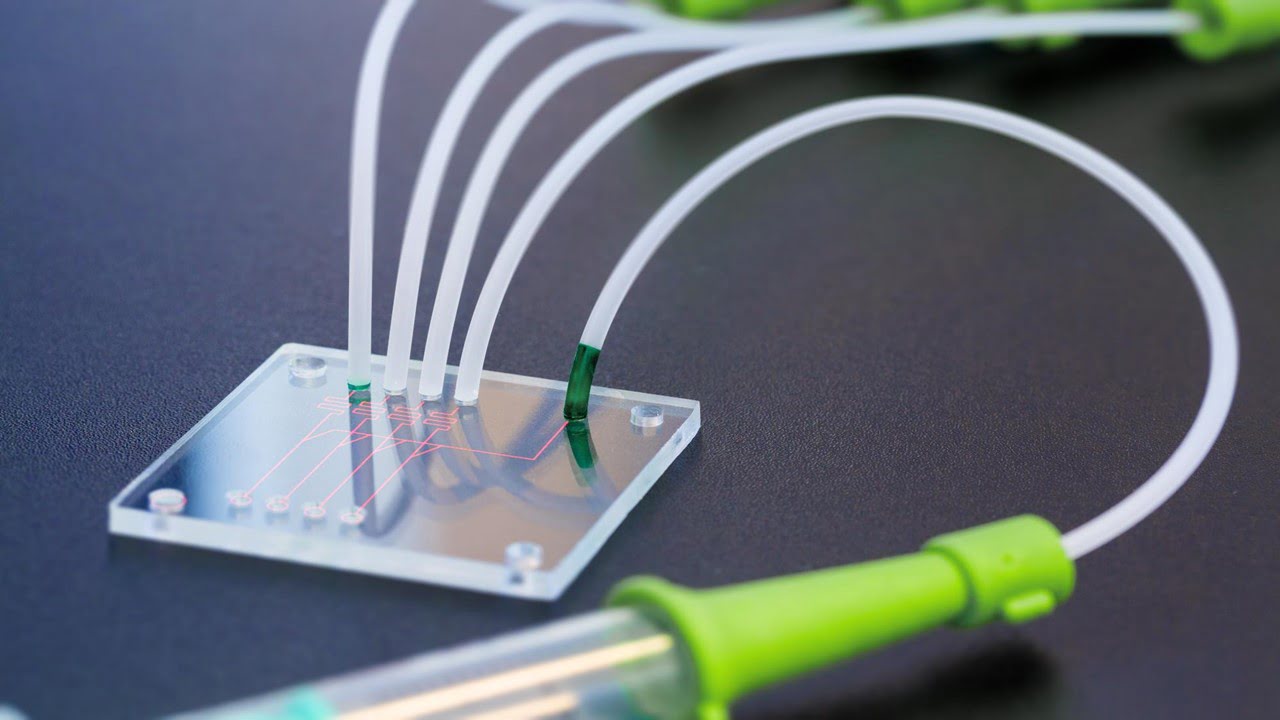
A new zone is formed when liquid meets gas, and molecules (naturally variable) can cross from one state to another. They combine in novel ways to achieve either desirable or undesirable results—the lack of tools capable of precisely controlling such interfaces limits their applications. Researchers have created the first nanoscale controllable gas-liquid interfaces. Whether engineered [..]
Read More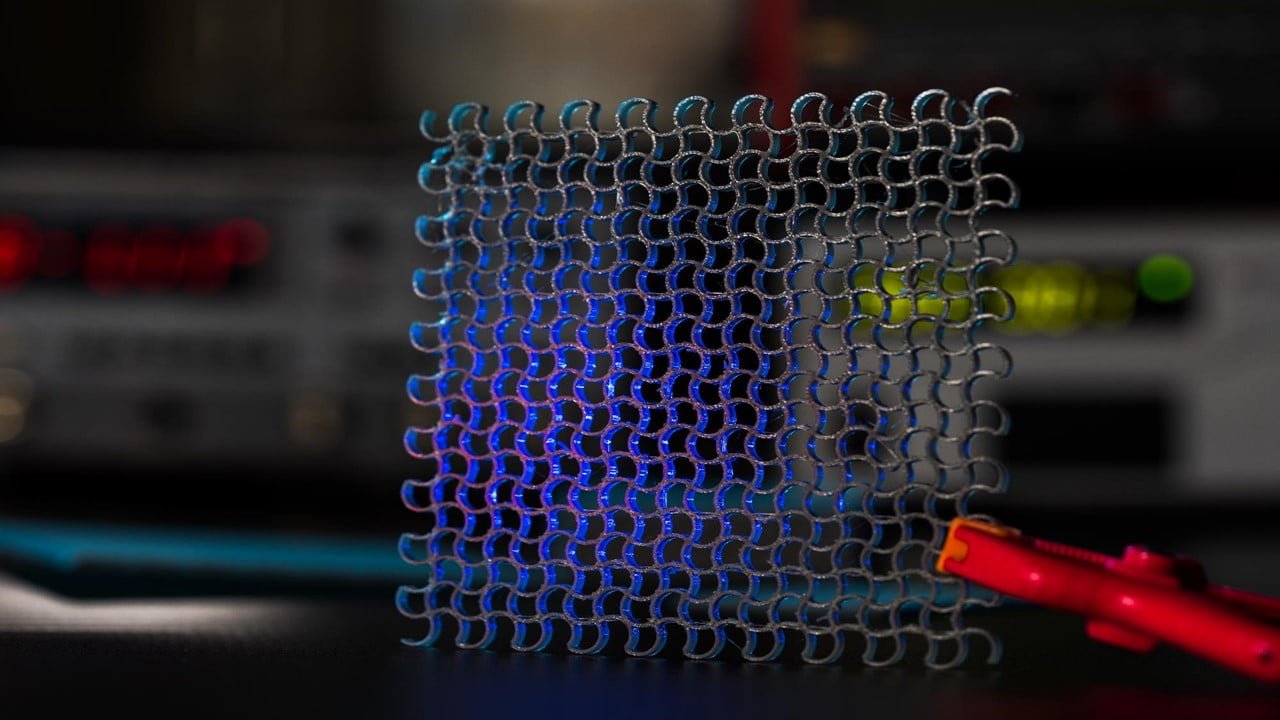
Researchers have developed holey dielectric metasurfaces that achieve high nanostructure aspect ratios and are mechanically robust. It opens a possible path to achieving large-diameter achromatic metalenses by expanding the accessible range of group delays. The dielectric metasurfaces comprise ultradeep via-holes through a thin membrane with aspect ratios approaching 30:1. As the material around each hole [..]
Read More
Engineers are using a non-invasive optical probe to study the complex changes that occur in tumors following immunotherapy. Their approach combines detailed mapping of tumor biochemical composition with machine learning. Immunotherapy truly works like magic and has fundamentally altered our understanding of how cancer can be managed. However, only 25% of patients benefit from it, [..]
Read More
A team of engineers has demonstrated an improved technique for growing high-performance photodetectors made from III-V materials directly on a platform compatible with silicon photonics. The team’s approach puts together several micropatterning and deposition methods to create a monolithic indium-phosphate/silicon-on-insulator (InP/SOI) platform tuned for growing such devices in various dimensions. The engineers devised a new method [..]
Read More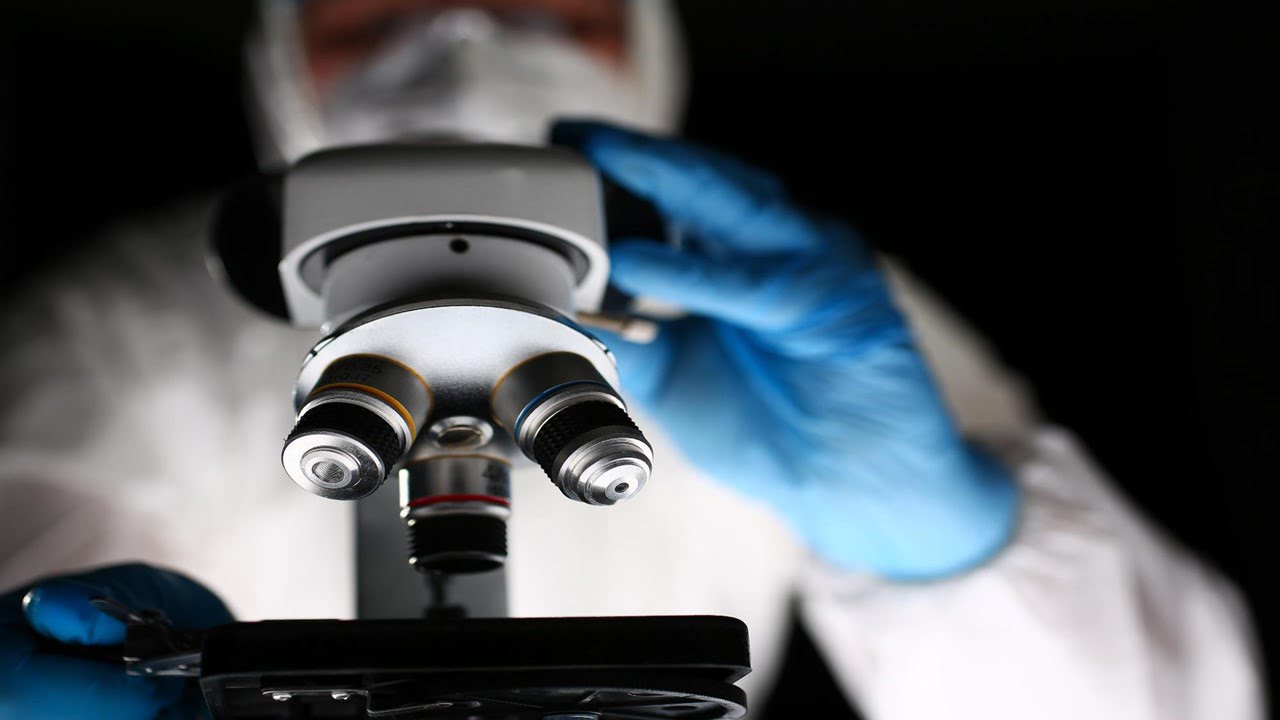
Researchers have discovered new information that will aid materials scientists in predicting how material properties change due to stresses such as high temperatures. The current model for forecasting a material’s structure and properties does not apply to polycrystalline materials. So, they developed a new model using near-field high energy diffraction microscopy (HEDM). Most metals, alloys, [..]
Read More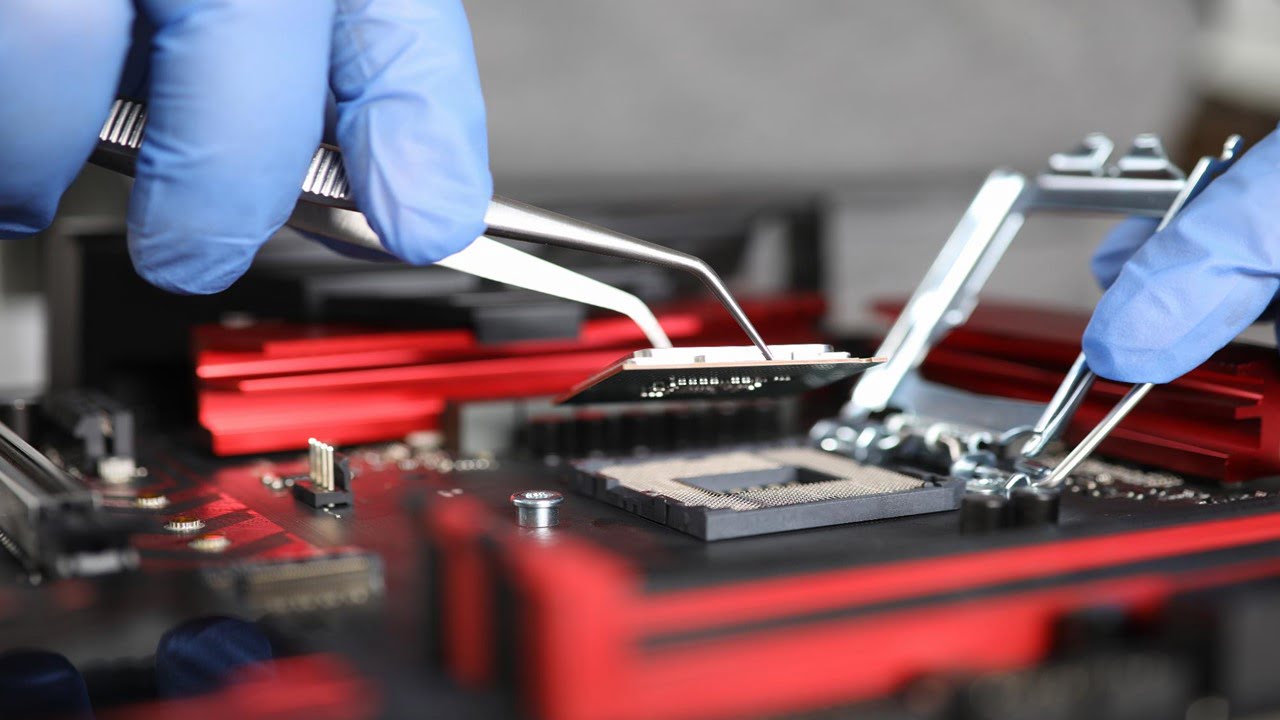
Researchers have developed a pick-and-place integration process, generally referred to as transfer printing, for thin-film devices to allow local hybrid materials integration on host PICs. The method provides the freedom to carry out multiple printing processes on a single chip. The method relies on transferring membrane devices or coupons of material with dimensions in the [..]
Read More
Tumors within an organ release cells into circulation as they grow. These cells can spread to other organs, causing metastases or new tumors. Engineers have now discovered a technology that allows them to assess the rate of development of these circulating tumor cells (CTCs) in mice for the first time. Their method, which also displays [..]
Read More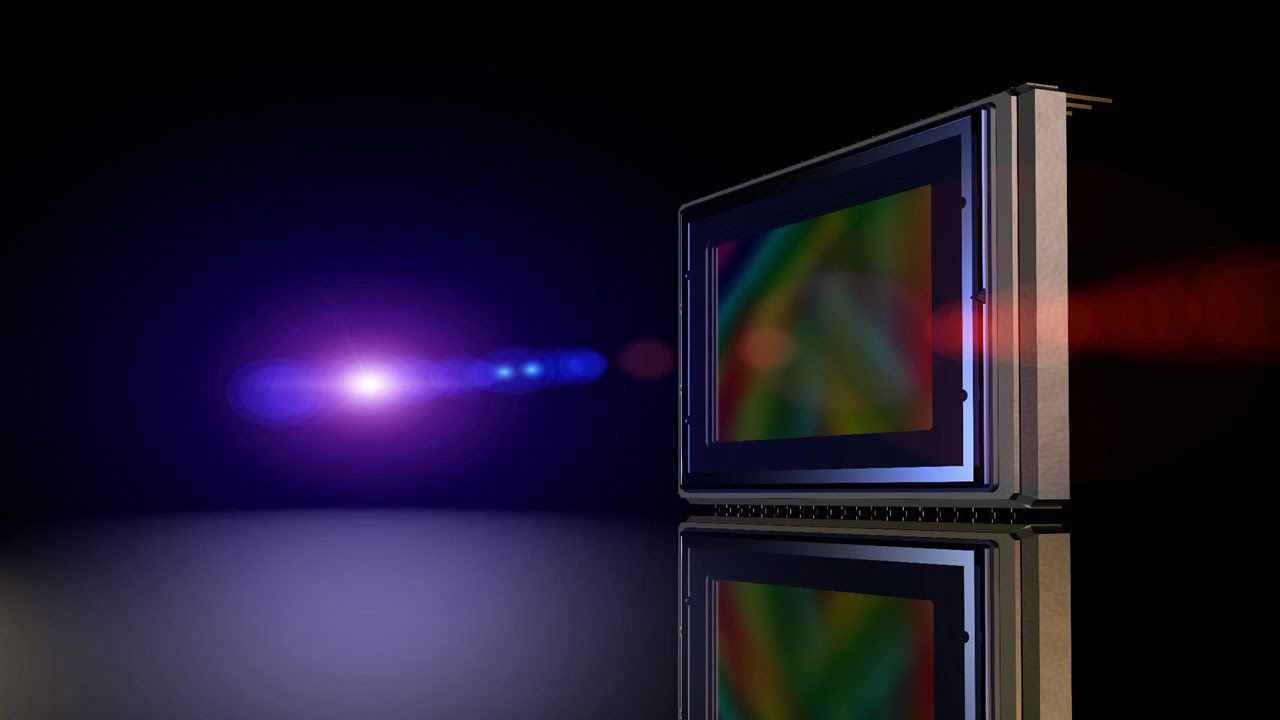
A research team has created colloidal crystals that look like opal nanostructures sensitive to time and temperature and can make new sensors. These sensors record the temperature in their environment visibly and continuously over a set period. As a result, they’re ideal for continuous monitoring of temperature-sensitive processes. Exposure to only moderate temperatures for long [..]
Read More
Effective vein visualization is vital for several clinical procedures, such as venous blood sampling and intravenous injection. Existing technologies using infrared devices or ultrasound technology are unsuitable for daily medical care due to their equipment. Now, researchers have devised a new regression-based vein visualization method. It uses conventional RGB images to diagnose venipuncture procedures and [..]
Read More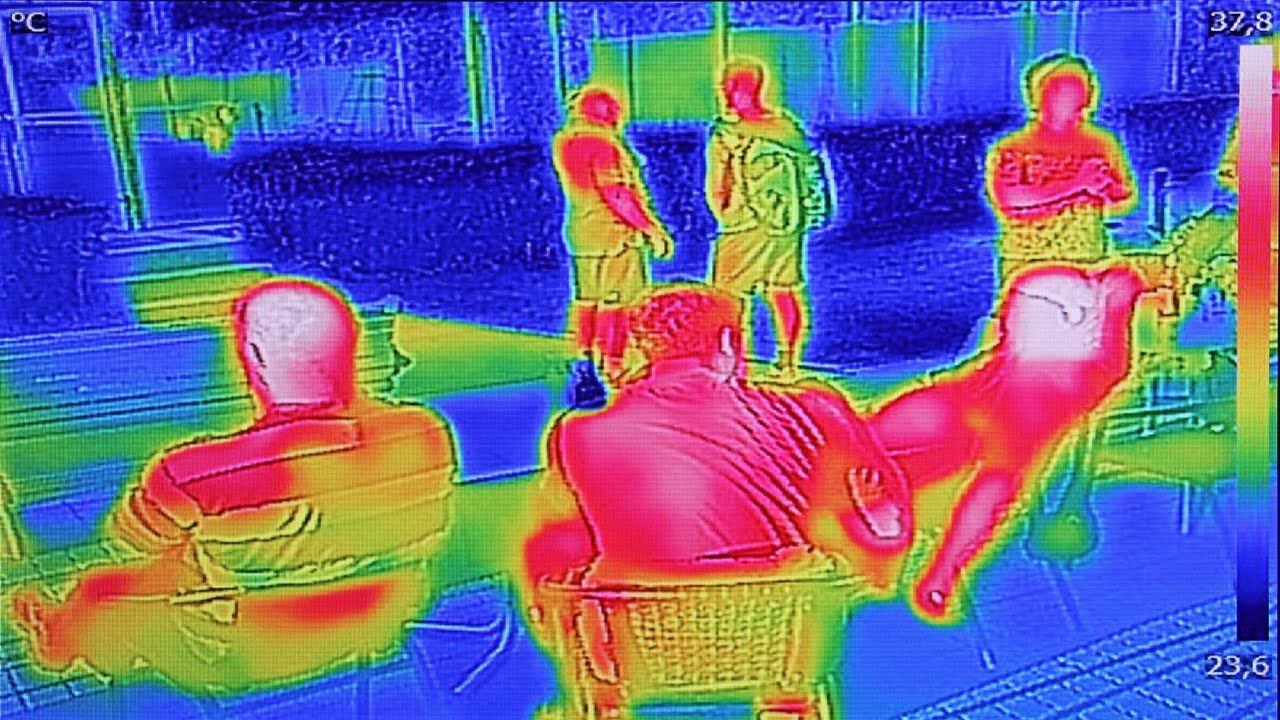
Scientists have created an IR detector with two separate IR bands and a bias-switchable spectral response. The gadget changes from the near-infrared (NIR) to the shortwave infrared (SWIR) band to reverse the detector’s bias voltage. Integrating the silicon-based dual-band photodetector into existing camera circuits and cellphones is possible. A thin layer of Si acts as [..]
Read More
In the mid-2020s, NASA will launch the Nancy Grace Roman Space Telescope. It will provide a panoramic field of view at least a hundred times larger than Hubble’s, at a similar resolution. It will survey the sky up to thousands of times faster than can be done with Hubble. This wide-field, high-resolution, and efficient survey [..]
Read More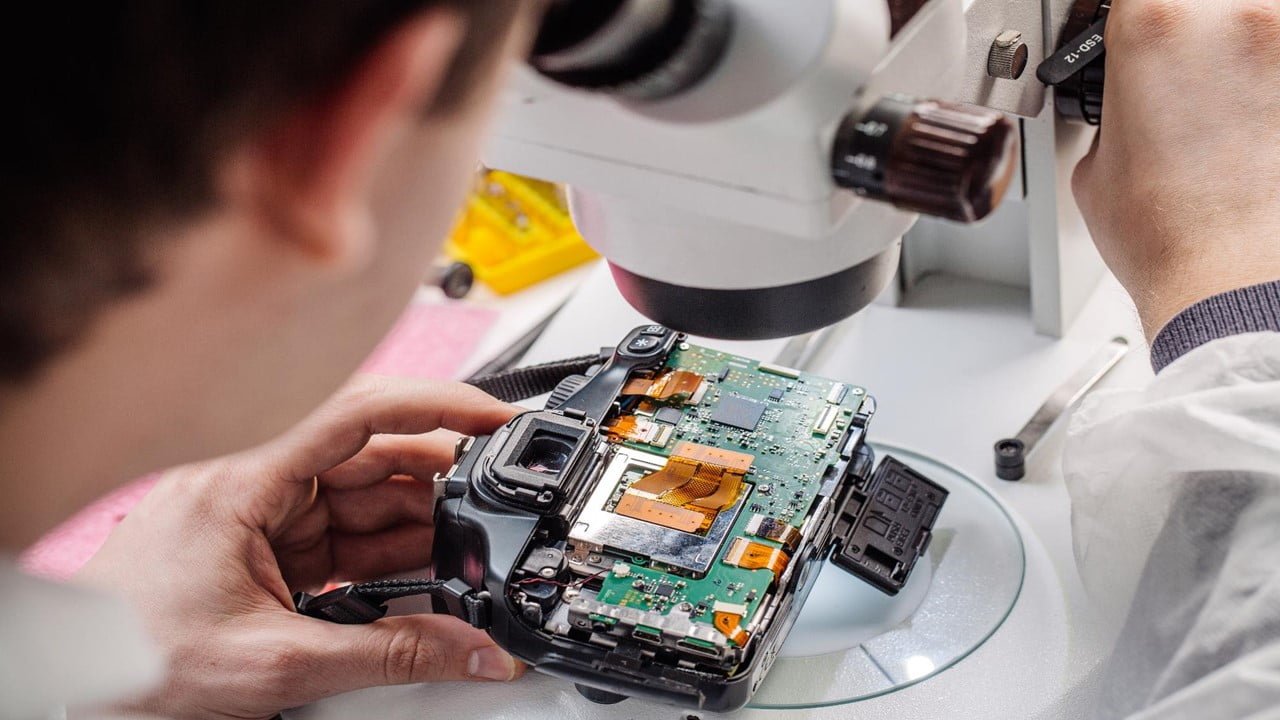
A new family of 2D semiconductors could pave the way for high-performance and energy-efficient electronics. The findings may lead to the fabrication of semiconductor devices applicable in mainstream electronics and optoelectronics – and even potentially replace silicon-based device technology altogether. 2D semiconductors are materials with a thickness of a few atoms. Due to their nanoscale [..]
Read More